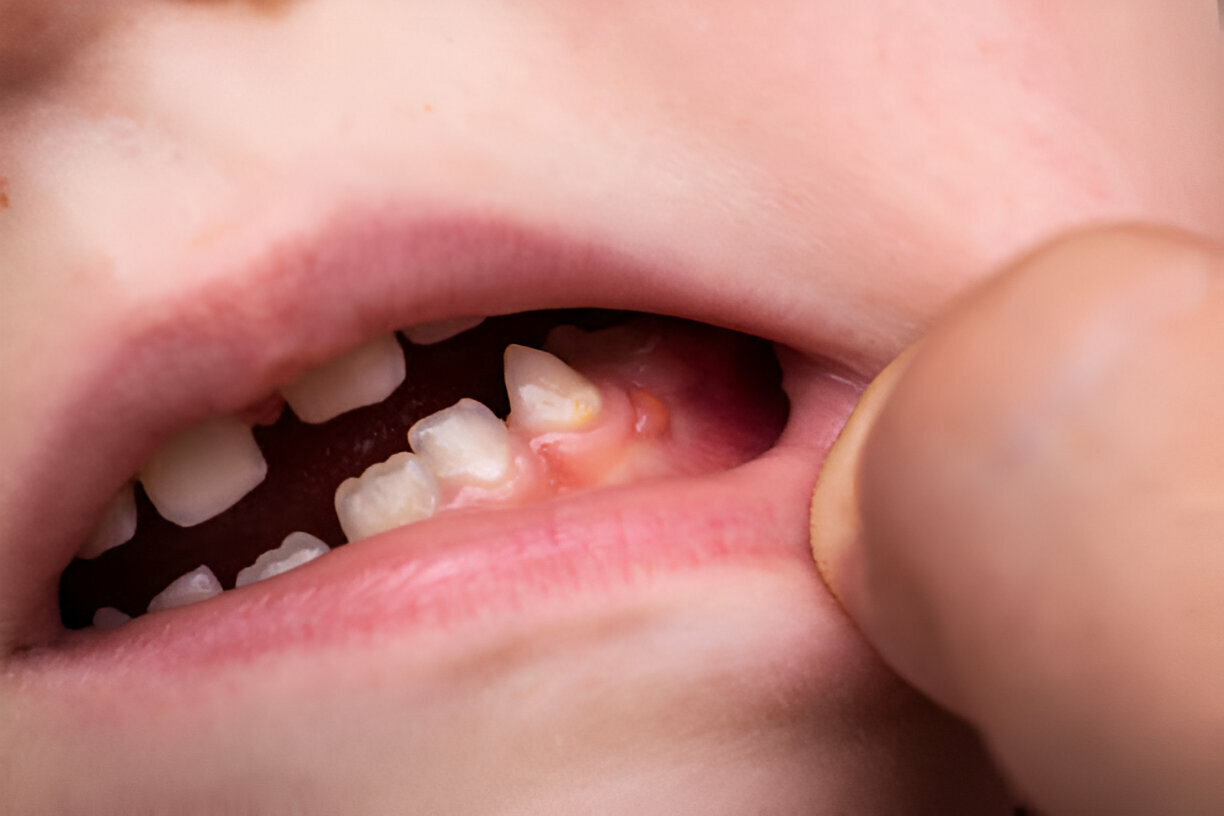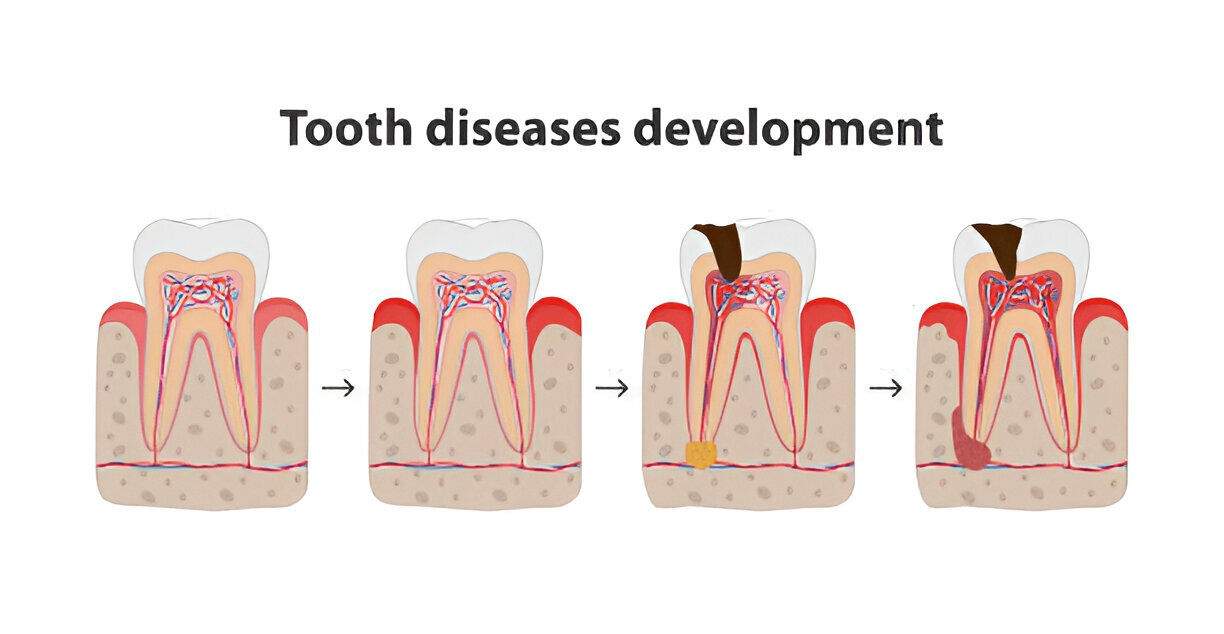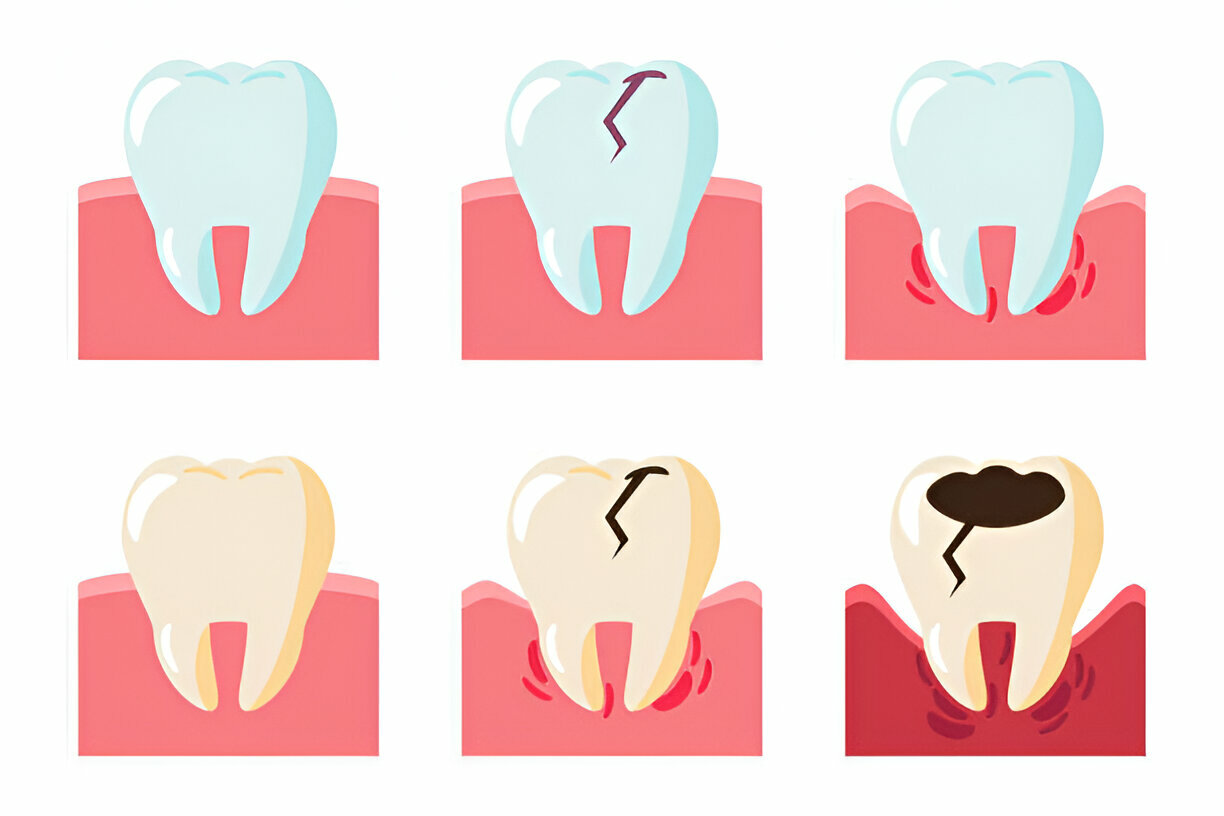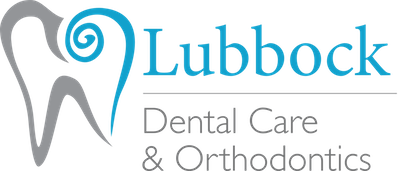Summary
Let’s face it: It’s normal for your mouth to contain bacteria!
However, it’s important to remember that you should never allow bacterial buildup to form in your mouth. Such buildup can lead to a gum infection, which, if left untreated, can progress to gum disease.

Sadly, most individuals visiting our Dental in Lubbock, Texas, tend to stay confused between gum infection and gum disease, resulting in a delay in treatment. Therefore, keeping the same in mind, we take a closer look at the difference between gum disease and infection via topics like:
- What is Gum Infection? – Your Takeaway to the Issue
- What is Gingivitis? – Your Takeaway to Gum Disease
- How Does Gingivitis Progress to Periodontitis?
- 5 Remedies for Gum Disease
So continue reading as we learn more about the difference between gum infection and disease in the following sections.
What is Gum Infection? – Your Takeaway to the Issue
Gum infections are mainly caused by poor dental hygiene (if you fail to maintain it over time). It traps germs between the teeth and gums, where they may increase freely. However, various additional variables influence gum infections and gum disease.
Now that we understand gum infection, let’s examine its symptoms in the next section.
Symptoms
The symptoms of a gum infection might vary based on its severity and location. A gum infection indicates general poor dental health and gum disease.
Some symptoms of gum infection include:
- Discomfort when biting
- Bleeding after brushing
- Sensitive teeth
- Loose teeth
- Persistent poor breath
- Receding gums.
Infections can create a pus-filled pocket or abscess in your cavity. An abscess can cause discomfort, swelling, and pus discharge in the mouth. Ensure you treat the gum disease immediately once you notice it.
Treatment Option for Gingivitis
- Deep Cleaning: Treatment for a gum infection or periodontitis may include extensive cleaning of the gums and spaces surrounding the teeth. Cleaning out any existing abscesses is also essential to ensure an enhanced smile. However, the dentist may need to remove portions of the gums or tissues in some circumstances.
- Oral Antibiotics: Oral antibiotics may be necessary to treat more severe and chronic illnesses. In certain circumstances, dentists may administer antibiotics directly into the affected region to help clear up the infection.
- Surgery: In advanced cases, surgical intervention, such as bone or tissue transplants, may be necessary to prevent or correct jaw deterioration.
What is Gingivitis? – Your Takeaway to Gum Disease
Gingivitis, or gum inflammation, is a minor gum condition. It often causes small difficulties that may come and go. When treated promptly, the condition is reversible.
So now that we have an idea of gingivitis let’s have a look at the symptoms in the next section:
Symptoms
Common symptoms of gingivitis include:
- Swollen, red gums
- Bleeding gums every time you brush or floss your teeth
- Randomly bleeding gums
Note: Gingivitis often doesn’t cause pain or other symptoms. Ensure you visit your dentist for gum disease in Lubbock, TX, for regular checkups of such oral anomalies.

Treatment Option for Gingivitis
- Oral Hygiene: This includes brushing and flossing regularly and utilizing proper procedures. Your dentist can teach you how to clean and floss your teeth correctly. Maintaining good dental hygiene can help slow periodontitis and prevent further tooth loss.
- Professional Dental Cleaning: Your dentist can help you clean your teeth professionally. They remove tartar and plaque from teeth and below the gumline, allowing the gums to reconnect to the teeth.
- Antibiotics: In extreme situations, your dentist may prescribe oral or topical antibiotics. In addition, they may recommend an antiseptic mouthwash containing chlorhexidine to decrease germs in your mouth.
- Open Surgery: During this operation, your dentist will cut into the inflammatory gums and clean the tooth root. Next, they sew the gum tissue together to reconnect to the teeth.
How Does Gingivitis Progress to Periodontitis?
Untreated gingivitis can cause plaque to build up and extend to the gum line. Toxins produced by bacteria in plaque cause irritation and inflammation of the gums.
This causes the body to go into chronic inflammation, damaging the bones and gums that support the teeth. Osteoarthritis is the end outcome.
Gum pockets form when the gums recede and separate from the teeth. Oral bacteria that invade these spaces and spread their infection may cause more tissue damage.
Deeper gum pockets can also result from tissue injury. Teeth may become loose if the gaps caused by bone loss get too large. Reaching the germs by brushing and flossing in deeper pockets could be more difficult.
5 Remedy for Gum Disease
1. Practice Good Oral Hygiene
It is not possible to suddenly have a serious case of periodontal disease one day. Since gum disease develops gradually, maintaining proper dental hygiene can help keep it from getting to the point where it cannot be reversed.
Firstly, if you don’t consistently brush and floss, plaque—that sticky film of bacteria you felt on your teeth this morning—builds up over time. After that, the plaque will combine with other minerals on your teeth to form tartar, often removed by cleaning your teeth. Gum disease is brought on by the inflammation and irritation plaque and tartar cause to your gums.
Brush and floss twice daily, and visit the dentist every six months for a cleaning to maintain good oral hygiene and healthy gums.
2. Get More Vitamin C
Lack of vitamin C is one of the leading causes of gum disease. You may increase your resistance against gum disease by increasing your intake of oranges, strawberries, kiwis, and vitamin C tablets. Vitamin C provides therapeutic qualities that help reduce swelling and bleeding in the gums, which are frequent signs of gum disease.
3. Eat a Balanced Diet
A well-balanced diet benefits both your smile and your entire health. Avoid sugary meals and drinks, as they might cause tooth decay. Plaque bacteria consume carbohydrates and sugar, producing acids that can harm your teeth and gums.
Before adding something to your supermarket basket, look at the nutritional information on the packaging. Many meals and beverages labeled “health foods” may contain significant quantities of sugar.

4. Stay Hydrated
Did you know saliva is one of our bodies’ most effective natural defenses against tooth plaque? After eating, your body generates more saliva to remove plaque and food particles. To keep a healthy grin, drink enough water throughout the day. Also, remember that some liquids, including coffee or alcohol, dehydrate rather than hydrate.
5. Schedule Teeth Cleanings
Experts at a dental in Lubbock, Texas, remove plaque and tartar during teeth cleaning. They also help you keep your mouth healthy and look for any indications of gum disease.
What’s more? These professionals can also assist you in managing your periodontal disease, even if you’re currently suffering from it. Remember, scheduled oral checkups can avoid receding gums and other dental health problems.
Takeaway
- Gum infections are mainly caused by poor dental hygiene (if you fail to maintain it over time).
- Untreated gingivitis can cause plaque to build up and extend to the gum line.
- After eating, your body generates more saliva to remove plaque and food particles.
- Let our experts at Lubbock Dental Care help you get the best smile today!

